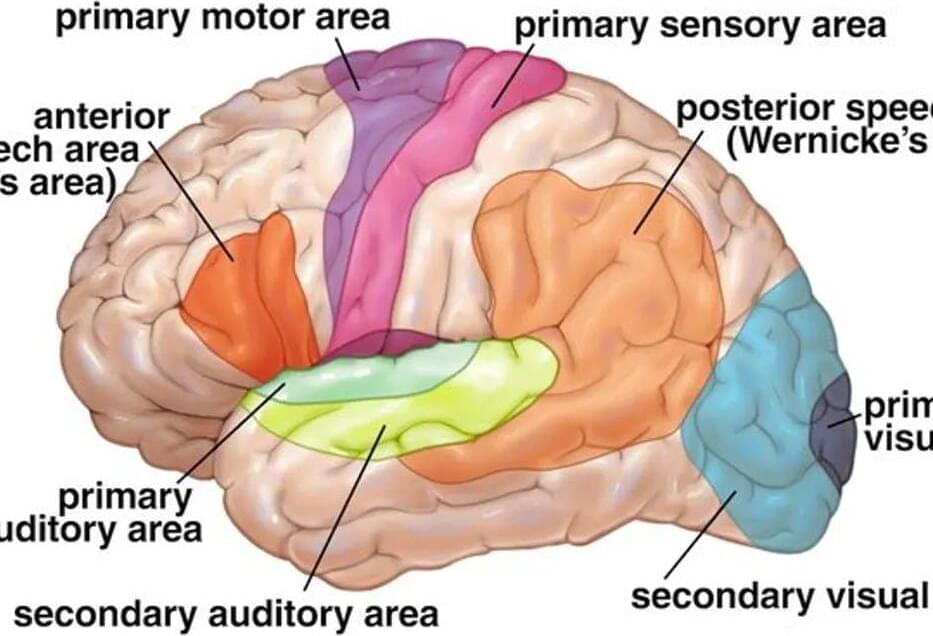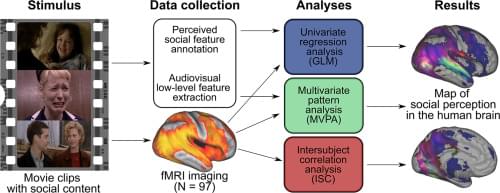ChatGPT and other bots have revived conversations on artificial general intelligence. Scientists say algorithms won’t surpass you any time soon.
Get the latest international news and world events from around the world.

Creating Artificial Avians: A Novel Neural Network Generates Realistic Bird Pictures from Text using Common Sense
Summary: Researchers in China have developed a new neural network that generates high-quality bird images from textual descriptions using common-sense knowledge to enhance the generated image at three different levels of resolution, achieving competitive scores with other neural network methods. The network uses a generative adversarial network and was trained with a dataset of bird images and text descriptions, with the goal of promoting the development of text-to-image synthesis.
Source: Intelligent Computing.
In an effort to generate high-quality images based on text descriptions, a group of researchers in China built a generative adversarial network that incorporates data representing common-sense knowledge.
Machine Natural Selection and the AI Apocalypse
An exploration of Machine Natural Selection and the potential of an AI Apocalypse.
My Patreon Page:
https://www.patreon.com/johnmichaelgodier.
My Event Horizon Channel:
https://www.youtube.com/eventhorizonshow.
Papers:
10 Bizarre Ways You Could End Up Immortal
An exploration of 10 Bizarre Ways You Could End Up Immortal, and even the idea of becoming immortal twice.
My Patreon Page:
https://www.patreon.com/johnmichaelgodier.
My Event Horizon Channel:
https://www.youtube.com/eventhorizonshow.
Intermission in D by miguel johnson.

Aliens could exist on planets scientists least expected after shock discovery
Scientists could have been looking for extraterrestrial life in the wrong place all along, after it was revealed that unexpected types of star systems could be the key to potential discoveries in the future.
New research suggests that many of the things we thought about the habitable nature of certain planets could be proven wrong.

Scientists make discovery that shows our brains are more powerful than we realised
The myth that humans only use 10 per cent of their brains is exactly that — a myth.
It’s a mistruth that’s been misattributed to the likes of Albert Einstein over the years. In reality, humans actually use a lot of their brain pretty much all the time, but our understanding of exactly how they actually work is changing all the time.

New look at ‘Einstein rings’ around distant galaxies just got us closer to solving the dark matter debate
Physicists believe most of the matter in the universe is made up of an invisible substance that we only know about by its indirect effects on the stars and galaxies we can see.
We’re not crazy! Without this “dark matter”, the universe as we see it would make no sense.
But the nature of dark matter is a longstanding puzzle. However, a new study by Alfred Amruth at the University of Hong Kong and colleagues, published in Nature Astronomy, uses the gravitational bending of light to bring us a step closer to understanding.


Mini brains grown in the lab sprout primitive “eyes”
Organoids aren’t nearly as complex as their full-sized counterparts, but they’re useful for research — scientists can study organ development, monitor disease progression, and even test new treatments on them.
What’s new: When human embryos are about five weeks old, they develop structures called “optic cups” that will eventually become retinas.
Researchers have grown optic cups in the lab before, and they’ve also grown mini brains. Now, researchers at University Hospital Düsseldorf have grown brain organoids with optic cups.

Functional organization of social perception networks in the human brain
Humans rapidly extract diverse and complex information from ongoing social interactions, but the perceptual and neural organization of the different aspects of social perception remains unresolved. We showed short movie clips with rich social content to 97 healthy participants while their haemodynamic brain activity was measured with fMRI. The clips were annotated moment-to-moment for a large set of social features and 45 of the features were evaluated reliably between annotators. Cluster analysis of the social features revealed that 13 dimensions were sufficient for describing the social perceptual space. Three different analysis methods were used to map the social perceptual processes in the human brain. Regression analysis mapped regional neural response profiles for different social dimensions. Multivariate pattern analysis then established the spatial specificity of the responses and intersubject correlation analysis connected social perceptual processing with neural synchronization. The results revealed a gradient in the processing of social information in the brain. Posterior temporal and occipital regions were broadly tuned to most social dimensions and the classifier revealed that these responses showed spatial specificity for social dimensions; in contrast Heschl gyri and parietal areas were also broadly associated with different social signals, yet the spatial patterns of responses did not differentiate social dimensions. Frontal and subcortical regions responded only to a limited number of social dimensions and the spatial response patterns did not differentiate social dimension. Altogether these results highlight the distributed nature of social processing in the brain.